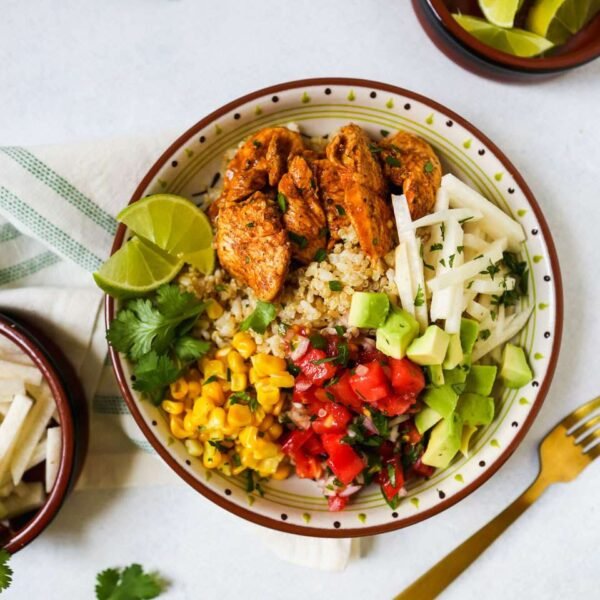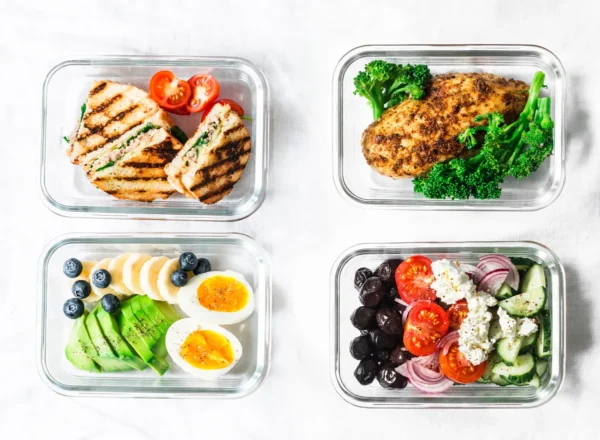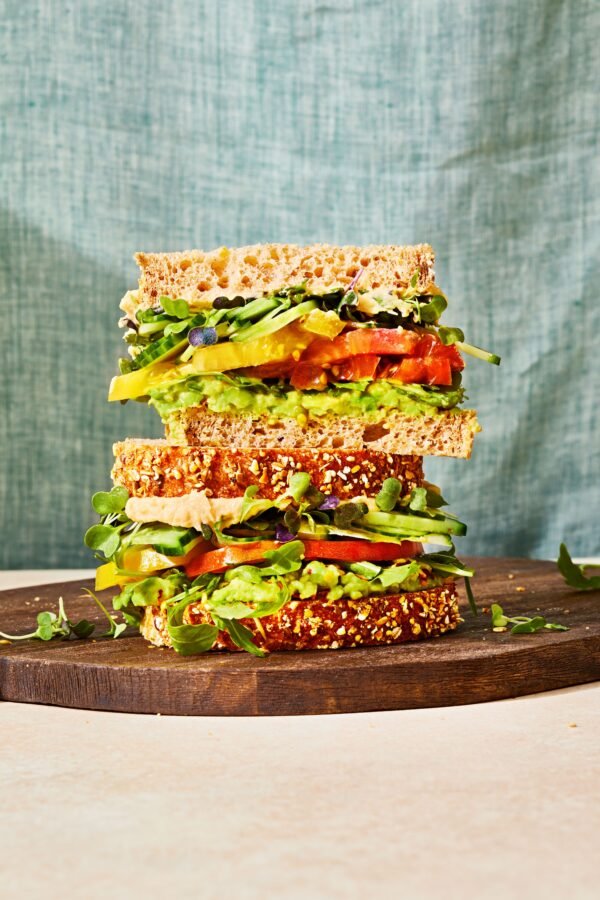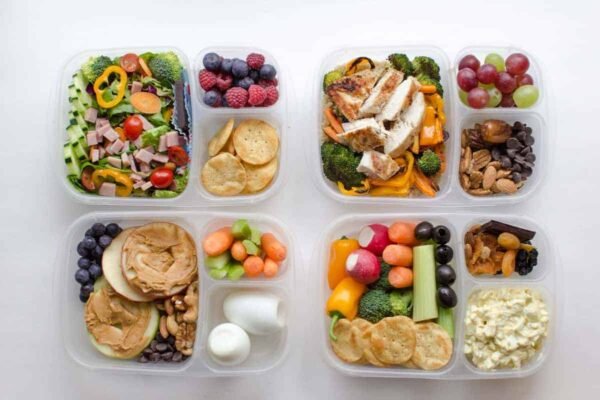
Know What You Put into Your Body: The Journey from Farm to Fork
As we gradually move into warmer days, we tend to become more active, spending more time outdoors, and trying to shake the winter blues away. Fueling your body with nutritious meals is essential to maintain energy and focus throughout the day. However, beyond the nutritional content, it’s increasingly important to be aware of the origins and composition of our food.

Eating a well-rounded lunch is essential for maintaining energy and focus throughout the day. Beyond the nutritional content, however, it’s increasingly important to be aware of the origins and composition of our food. As consumers move to healthier versions of their favourite foods, it has never been more important to know what you consume, and where you’re getting it from. Here are five strategies to enhance your knowledge of what you eat, focusing on food sourcing and production, as well as food labels and ingredients.
1. Choose ingredients with a story
When preparing your lunch, consider the journey of each ingredient. Opt for foods that you can trace back to their sources, such as vegetables from a local farmer’s market or bread from a nearby bakery. For example, a wrap made with locally sourced turkey and avocado, or a salad featuring quinoa and vegetables from regional growers, not only supports local economies but also reduces your meal’s carbon footprint.

2. Protein is key in every meal
Protein helps keep you feeling full and satisfied, so be sure to include a source of lean protein in your lunch. This could be grilled chicken, fish, tofu, beans, lentils, eggs, or organic grass-fed beef.
Organic grass-fed beef is a healthier choice compared to conventional beef as it contains more omega-3 fatty acids, conjugated linoleic acid (CLA), and antioxidants than grain-fed beef. Protein-rich foods also provide essential nutrients for muscle repair and maintenance. Knowing where you get your protein from allows you to choose options that align with your dietary needs and preferences.
Understanding the intricacies of food preparation can significantly enhance your culinary journey too. For tips on marinating jerky to perfection, check out this informative guide from Mahogany Smoked Meats.
“Incorporating locally produced, organic protein is not just about avoiding harm, but actively promoting a healthier planet, and better quality produce. It’s about making conscious choices that align with our values and contribute to a more sustainable future,” advises Sonny Drinkwater, co-founder of WellEasy.

3. Discover the source of your vegetables
Aim to fill your plate with a rainbow of vegetables, and take the time to learn about their origins. Whether it’s leafy greens from an organic farm or bell peppers from a community-supported agriculture programme, understanding where and how your vegetables are grown, and knowing what’s in season and locally produced can influence your food choices towards more sustainable and healthful options.

4. Plan with purpose
Bulk buying ingredients like nuts, seeds, and grains can help you stay prepared and informed.
“Set aside some time each week to plan your meals, make a shopping list, and prep ingredients,” added Sonny. “By having a stock of wholesome products, you can ensure that your lunches are made with ingredients whose origins and production methods you are familiar with. This practice not only promotes healthier eating but also encourages a deeper connection with the food you consume.”
When dining out, seek establishments that value food sourcing transparency and offer dishes made with locally sourced or minimally processed ingredients. Avoiding heavily processed meals not only benefits your health but also aligns with a more conscious approach to eating.
5. Prioritise whole foods over processed options
It’s easy to toss snacks like chips, cookies, or sweets into a lunch box, especially when we’re in a hurry, but highly processed snacks have been associated with many detrimental effects on the body, cautions Sonny.

Findings published in the European Journal of Nutrition by researchers from the School of Life Course & Population Sciences and ZOE, which is behind the world’s largest nutritional research programme, warn that unhealthy snacks increase the risk of strokes and cardiovascular disease. Ultra-processed foods and snacks tend to be attractively packaged, convenient and super tasty. Still, they’re also high in unhealthy types of fat, refined starches, added sugars and salt, and are poor sources of protein, dietary fibre and micronutrients.
Conversely, the benefit of whole food snacks is that they are minimally processed and nutrient dense.
“There is such a wide variety of great-tasting snacks with healthy ingredients that love you back – like cashew cocoa brownies, banoffee pie bars, and pesto veggie cakes,” says Sonny. “For a quick snack pop some roasted chickpeas, or apple and cinnamon seed crackers, or watermelon or honeydew jerky into your lunchbox.”
“By following these tips, you can enjoy health-packed and satisfying lunches that support your overall well-being,” he concludes. “Experiment with different ingredients and products to keep your lunches interesting and flavourful while nourishing your body with the nutrients it needs.”













































